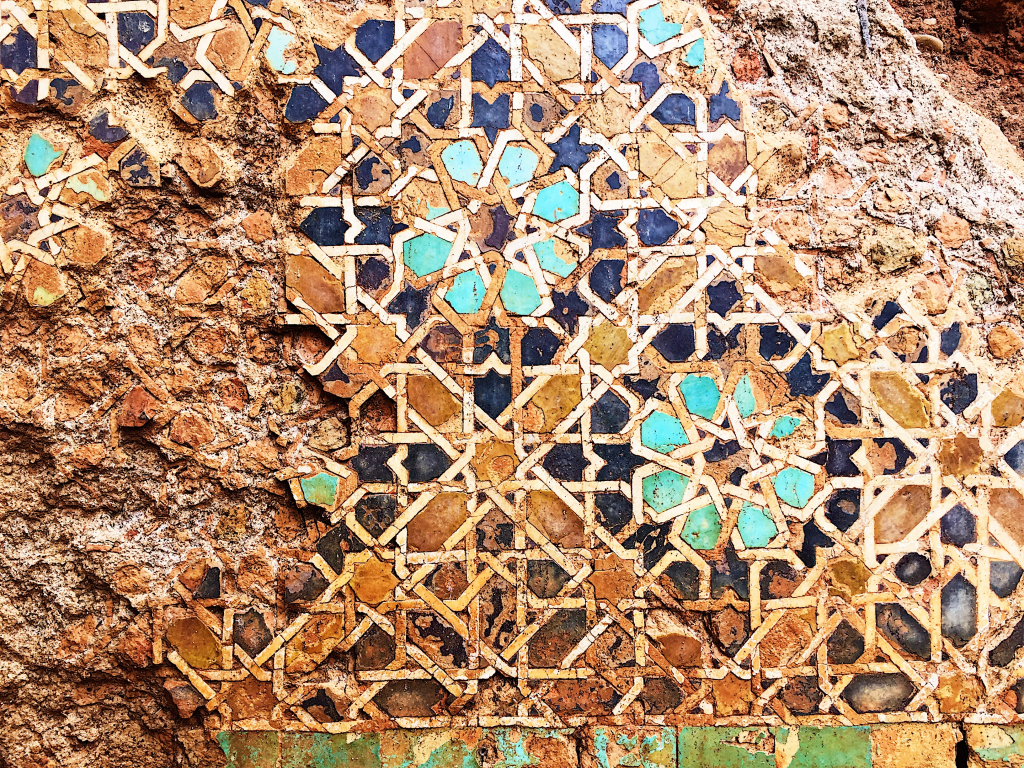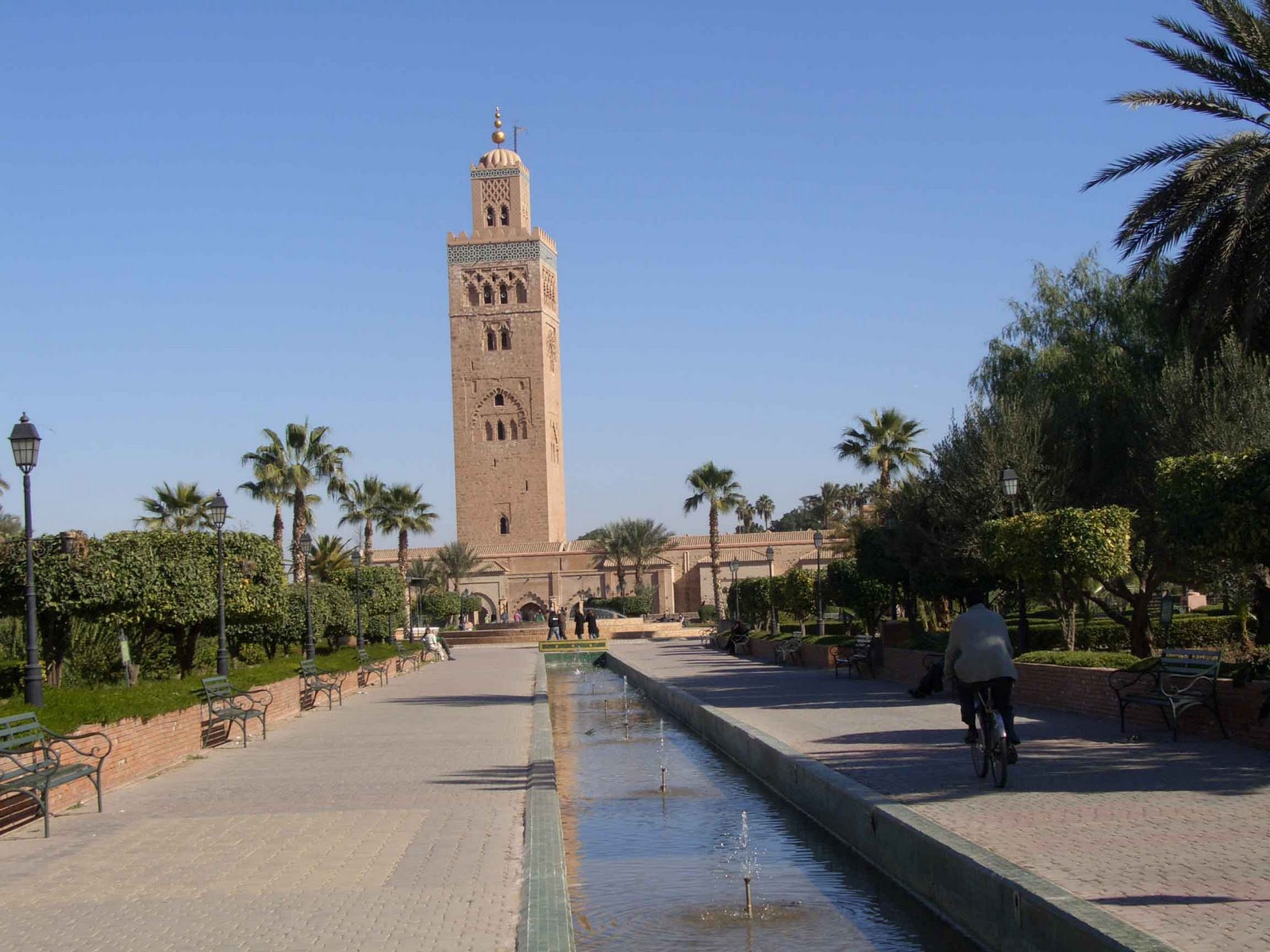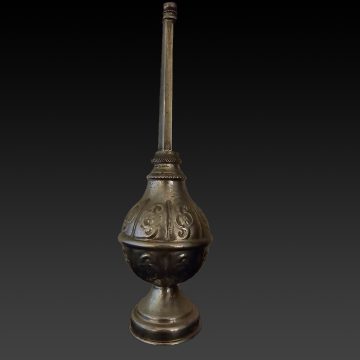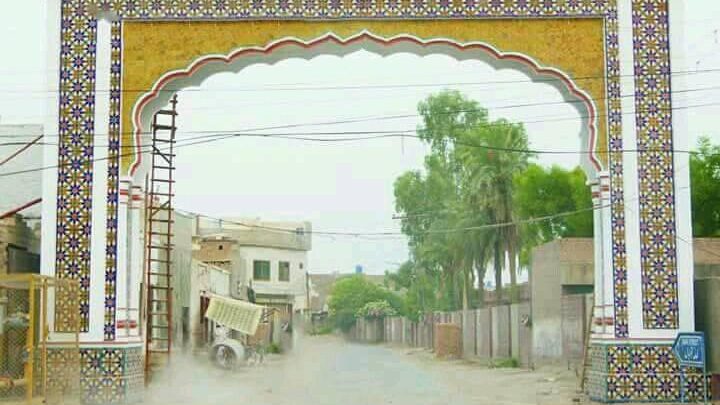« Zellige » is a traditional Moroccan art form that uses intricately cut and patterned ceramic tiles to create stunning mosaics. These mosaics can be found in a variety of settings, including mosques, palaces, and private homes. Zellige is a centuries-old art form that has its roots in Moroccan architecture.
The Zellige of Fez is registered with the World Intellectual Property Organization (WIPO).
Zellige mosaics are a beautiful and intricate art form that is an important part of Moroccan culture. They are a testament to the skill and artistry of Moroccan craftsmen. Zellige mosaics are a reminder of the rich history and heritage of Morocco.

History of Zellige
The art of zellige dates back to the 10th century, when it was first used in the construction of mosques in Morocco.** The first zellige mosaics were made of simple, geometric shapes. However, over time, the art form evolved and became more complex. By the 14th century, zellige mosaics were being used to decorate a variety of buildings, including palaces, private homes, and public fountains.
The golden age of zellige art was during the 16th and 17th centuries. During this time, zellige mosaics were used to decorate some of the most important buildings in Morocco, including the Saadian Tombs in Marrakech, Madrasa Ben Youssef, and many others.
Zellige art declined in popularity during the 18th and 19th centuries. However, it experienced a revival in the early 20th century. Today, zellige mosaics can be found in a variety of settings, both in Morocco and around the world.
Zellige Patterns
Zellige mosaics feature a variety of patterns, including:
- Geometric patterns: These patterns are based on simple geometric shapes, such as squares, triangles, and diamonds.
- Floral motifs: These patterns feature stylized flowers and leaves.
- Arabic calligraphy: These patterns feature verses from the Quran or other religious texts.

Zellige Colors
Zellige mosaics are typically made in a variety of colors, including:
- Blue: This is the most common color used in zellige mosaics.
- Green: This color is often used to represent nature.
- Yellow: This color is often used to represent the sun.
- Red: This color is often used to represent passion and love.
Zellige mosaics can be used in a variety of applications, including:
- Wall coverings: Zellige mosaics can be used to create beautiful and intricate wall coverings.
- Floors: Zellige mosaics can be used to create stunning and durable floors.
- Furniture: Zellige mosaics can be used to decorate furniture, such as tables, chairs, and mirrors.
- Fountains: Zellige mosaics can be used to decorate fountains, adding a touch of beauty and elegance.

Zellige is a beautiful and intricate art form that is an important part of Moroccan culture. It is a testament to the skill and artistry of Moroccan craftsmen. Zellige mosaics are a reminder of the rich history and heritage of Morocco.




